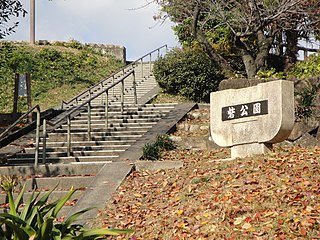33 Sights in Nagoya, Japan (with Map and Images)
Legend
Premium Sights
Book tickets, guided tours and activities in Nagoya.
Guided Free Walking Tours
Book free guided walking tours in Nagoya.
Welcome to your journey through the most beautiful sights in Nagoya, Japan! Whether you want to discover the city's historical treasures or experience its modern highlights, you'll find everything your heart desires here. Be inspired by our selection and plan your unforgettable adventure in Nagoya. Dive into the diversity of this fascinating city and discover everything it has to offer.
Sightseeing Tours in NagoyaActivities in NagoyaŌsu Kannon (大須観音) is a Buddhist temple of the Shingon sect located in Ōsu, in central Nagoya, Japan. It belongs to the Owari Thirty-three Kannon. Its address is 愛知県名古屋市中区大須2-21-47.
Nagoya Station is a major railway station in Nakamura-ku, Nagoya, Japan. It is Japan's, and one of the world's largest train stations by floor area, and houses the headquarters of the Central Japan Railway Company. Much of this space is located in the JR Central Towers atop the station, as well as in underground concourses. The current station complex was completed on December 20, 1999. The station and the area around it is officially called Meieki (名駅) in the Japanese addressing system.
3. 大須演芸場
Osu Performing Arts Center is a vaudeville theater located in Osu 2-chome, Naka-ku, Nagoya, Aichi Prefecture. It is located right next to Osu Kannon. It is known as the only vaudeville theater in the Chukyo area.
4. 神宮寺
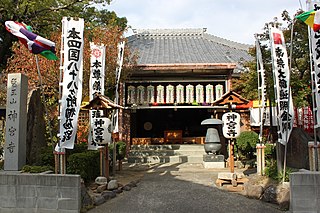
Jinguji Temple is a temple of the Shingon sect of the Toyoyama sect located in Gokiso, Showa-ku, Nagoya, Aichi Prefecture. The name of the mountain is Mt. Iou (the official name is Mt. Io). Dai Nagoya 88 locations 36th temple.
5. Tokugawa Art Museum
The Tokugawa Art Museum is a private art museum, located on the former Ōzone Shimoyashiki compound in Nagoya, central Japan. Its collection contains more than 12,000 items, including swords, armor, Noh costumes and masks, lacquer furniture, Chinese and Japanese ceramics, calligraphy, and paintings from the Chinese Song and Yuan dynasties (960–1368).
6. 猪高緑地
Itaka Ryokuchi is a comprehensive park with a total area of 66.2 hectares located in Meito Ward, Nagoya City, Aichi Prefecture. It is also called "Itaka Forest". The green space itself straddles the neighboring city of Nagakute to the east, and on the Nagakute City side, it is maintained as a city park "Hotogi no Sato Ryokuchi". In this paper, the scope of "Hotogi no Sato Green Area" is included as necessary.
7. 長福寺
Chofukuji is a temple of the Shingon sect Chizan school located in Osu, Naka Ward, Nagoya City, Aichi Prefecture. The mountain name is Toenzan. The main deities are Kannon Bodhisattva and Seishi Bodhisattva. It is also referred to as Nanatsudera.
8. Mizuho Park
Nagoya City Mizuho Park is a park located in Mizuho Ward, Nagoya, Aichi Prefecture, Japan. In addition, there are free facilities such as Higashi Children's Garden and Minami Children's Park and paid facilities such as athletics stadiums in the park, but the paid facilities are collectively called "Mizuho Sports Ground". In this item, "Mizuho Sports Ground" is also described. The facilities (Mizuho Park and Mizuho Sports Ground) are owned by the City of Nagoya, and the Nagoya City Education and Sports Association operates and manages Mizuho Park and Mizuho Sports Ground as the designated manager.
9. Shinshū Ōtani-ha Nagoya Betsuin
Shinshu Otani Sect Nagoya Betsuin is a Shinshu Otani temple located in Naka-ku, Nagoya, Aichi Prefecture, Japan. A separate house of the same faction. The main temple of Shinshu Buddhism (Higashi Honganji) is called the main temple. Kaiki is the 16th lord of Higashi Honganji. The common names are "Higashi Betsuin", "Higashi Gobo", "Nagoya Higashi Betsuin", and "Higashi Honganji Nagoya Betsuin".
10. 長寿寺
Choujuji is a Rinzai sect temple of the Eigenji school located in Ootaka-cho, Midori-ku, Nagoya City, Aichi Prefecture. The mountain name is Washizu-san. The main deity is Amida Nyorai. It is the 87th sacred site of the Chita Shikoku Pilgrimage.
11. 希望の泉
The Fountain of Hope is a fountain located in the Plaza of Hope on the south side of the Nagoya TV Tower in Hisaya-Odori Park in Sakae-no-Sakae, Naka-ku, Nagoya, Aichi Prefecture, between Nishiki-dori and Hirokoji-dori.
12. 白鳥古墳
Shiratori Kofun is an ancient burial mound located in Shiratori, Atsuta-ku, Nagoya, Aichi Prefecture. The shape is an anterior-posterior mound. At Atsuta Jingu Shrine, it is called "Shiratori Imperial Tomb".
13. 総見寺
Sokenji is a Japanese Buddhist temple of the Rinzai sect Myoshinji school located in Naka Ward, Nagoya City, Aichi Prefecture. The mountain name is Keiyozan. The main deity is a seated statue of Yakushi Nyorai. The mountain gate is a Nio gate.
14. Stage of Universal Suffrage
The Fusenki Memorial Altar is an outdoor stage located in Tsurumai Park in Tsurumai, Showa-ku, Nagoya, Aichi Prefecture. It was built to commemorate the implementation of the universal suffrage system in Japan and is designated as a tangible cultural property of Nagoya City.
15. 白鳥公園
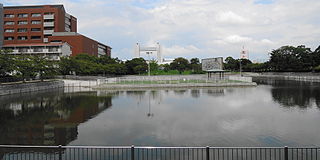
Shiratori Park is an urban park located in Atsuta-ku, Nagoya, Aichi Prefecture. It consists of the Nagoya International Convention Center, its South Square, and Shiratori Garden, as well as a block park in Hatayacho and an ancient burial mound park in Shiratoricho.
16. 文化のみち二葉館
Bunka Michi Futabakan is an exhibition facility located in Tsurugi-cho, Higashi-ku, Nagoya, Aichi Prefecture. It is also called the former Kawakami Sada Mansion. It is a facility that constitutes a cultural center, and is located just outside the "White Wall, Main Tax, and Tsurugi Townscape Preservation District".
17. 氷上姉子神社
Hikami Anegojinja (Hikami Anegojinja) is a shrine located in Mt. Hikami, Ōtaka-cho, Midori-ku, Nagoya, Aichi Prefecture. It is a Shikiuchi company, and the former company name is Gosha. Currently, it is a shrine outside the precincts of Atsuta Jingu Shrine.
18. 圓頓寺
Endonji is a Nichiren sect temple located at 1-11-7 Nagono, Nishi Ward, Nagoya City, Aichi Prefecture. Its mountain name is Chokyusan. The former head temple is Ritsubonji in Kyoto. It is also written as Endonji.
19. 久国寺
Kyukokuji Temple is a temple of the Soto sect located in Ōsugi 3-chome, Kita-ku, Nagoya, Aichi Prefecture. The name of the mountain is Mt. Tencho. It is known for the bell "Bell of Joy" by Taro Okamoto.
20. 断夫山古墳
The Dampusan Kofun (断夫山古墳) is a large keyhole-shaped kofun burial mound located within the grounds of the Atsuta Shrine complex in the Hayata neighborhood of Atsuta-ku, Nagoya, Japan. The tumulus was designated a National Historic Site of Japan in 1987. Per legend, the tumulus is the tomb is Miyazuhime, the wife of Prince Yamato Takeru, whose purported grave is located nearby.
21. 長久寺
Chokyuji is a temple of the Shingon sect Chizan school located in Shirakabe 3-chome, Higashi Ward, Nagoya City, Aichi Prefecture. The mountain name is Togakusan, and the temple name is Ichijo-in. The main deity is Fudo Myo-o.
22. 主税町教会
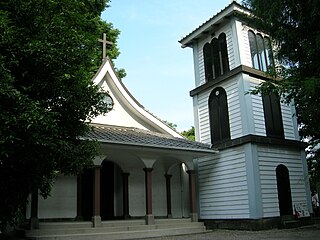
The Catholic Chikaramachi Church (カトリック主税町教会) is one of the oldest Christian churches in the city of Nagoya, central Japan. The official name is Church of Our Lady (聖母教会).
23. 本遠寺
Honenji Temple is a temple of Nichiren Buddhism located in Shiratori, Atsuta-ku, Nagoya, Aichi Prefecture. Also known as Atsuta Hokado. The name of the mountain is Mt. Myoko. The former main temple is Ōmotoyama Honkuji Temple (Rokujōmon-ryū), Seishi Hōen.
24. 弁天寺
Bentenji is a temple of the Shingon sect Chisan school located in Minato Ward, Nagoya City, Aichi Prefecture. The mountain name is Hōshōzan. It enshrines Benzaiten, one of the Seven Lucky Gods of Nagoya.
25. 鳴海八幡宮
Narumi Hachiman Shrine is a Shinto shrine located in Narumi-cho, Midori Ward, Nagoya City, Aichi Prefecture. It is also considered one of the candidate sites for the historical "Kawahara Shrine" in Owari Province.
26. Oasis 21
Oasis 21 is a modern facility located adjacent to Nagoya TV Tower in Sakae, Nagoya which was opened to the public in 2002. It contains restaurants, stores, and a bus terminal, as well as an area for tourist information.
27. 爲三郎記念館
The Furukawa Memorial Museum was opened as a branch of the Furukawa Museum of Art on November 3, 2007 (Heisei 15) at the mansion where Furukawa spent his last years. It is located about 50 meters southwest of the main building.
28. 善光寺
Zenkoji Temple is a temple of the Jodo sect located in Minato-ku, Nagoya, Aichi Prefecture. The name of the mountain is Linjiang Mountain. It is a temple built for the purpose of enshrining the alter ego of Zenkoji Temple in Nagano City, Nagano Prefecture.
29. 青大悲寺
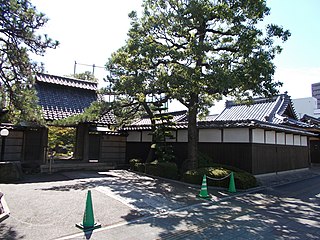
Seidaiji Temple is the head temple of the Nyorai sect located in Atsuta Ward, Nagoya City, Aichi Prefecture. The mountain name is Towa-san, and the main deity is the statue of Shakyamuni Buddha. It is a nunnery.
30. Hachimanyama Kofun(Burial mound)
The Hachimanyama Kofun (八幡山古墳) is a large Kofun period burial mound in the Yamawaki neighborhood of Shōwa Ward in the city of Nagoya, Aichi Prefecture. Dating from the mid-fifth century, it is the largest circular kofun in the Tōkai region of Japan. The tumulus was designated as a National Historic Site in 1931.
31. 砦公園
Zenshoji Fort Park is an urban park located in Fort 3, Narumi-cho, Midori-ku, Nagoya, Aichi Prefecture. It is located on the site of the Zenshoji fort where Oda Nobunaga was stationed during the Battle of Okesama with Imagawa Yoshimoto.
32. 極楽寺
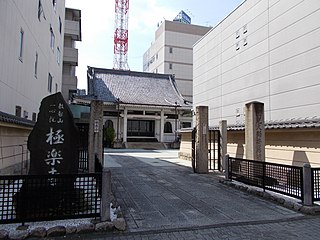
Gokurakuji is an independent temple located in Nagoya City, Aichi Prefecture. Its mountain name is Kyohozan, and the main deity is a seated statue of Amida Nyorai, believed to be made by the monk Eshin. Its formal name is Kyohozan Isshinji Gokurakuji.
33. 大曲輪貝塚
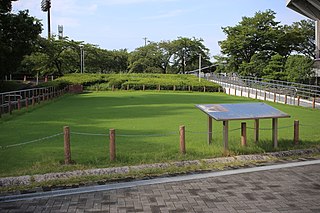
The Ōguruwa Shell Midden is an archaeological site with a shell midden and Jōmon period settlement site located in the Yamashitatori neighborhood of Mizuho ward of Nagoya, Aichi Prefecture in the Tōkai region of Japan. The site was designated a National Historic Site of Japan in 1941.
Share
How likely are you to recommend us?
Disclaimer Please be aware of your surroundings and do not enter private property. We are not liable for any damages that occur during the tours.
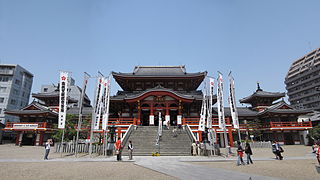
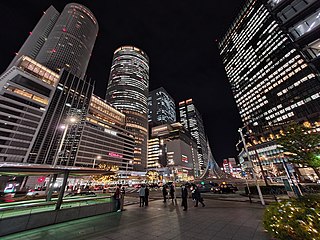
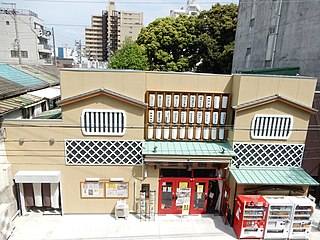
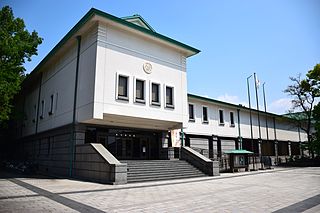
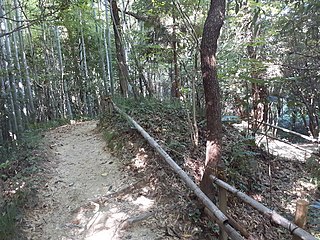
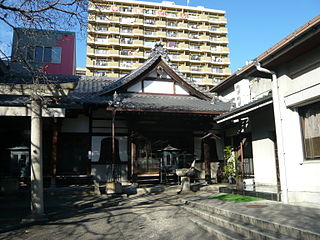
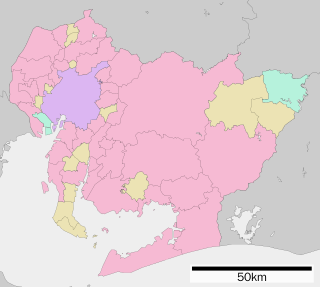
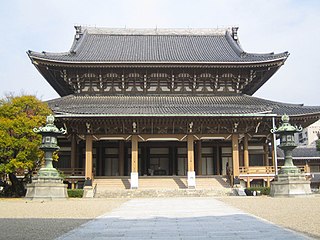
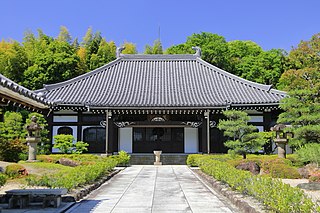
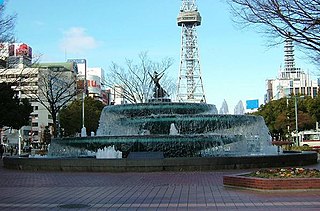
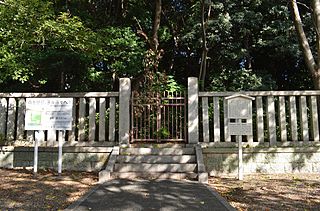
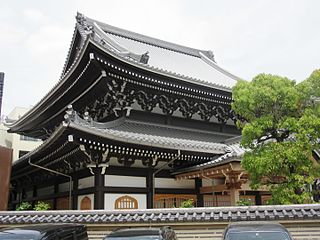
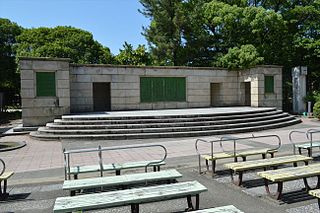
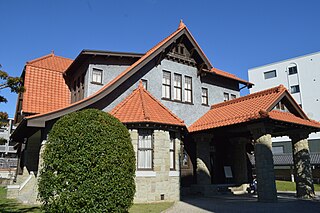
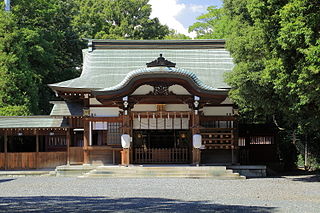
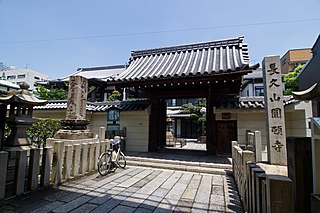
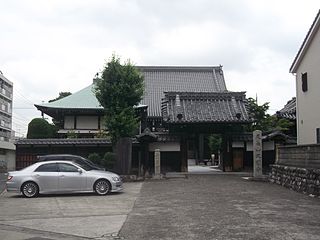
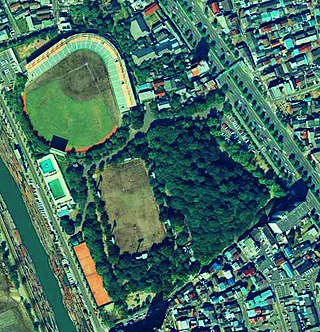
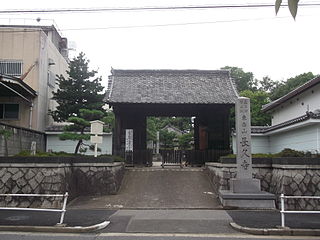

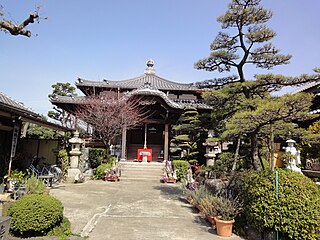
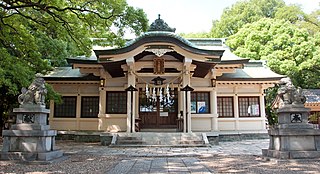
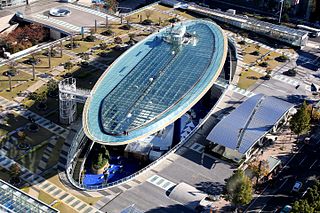
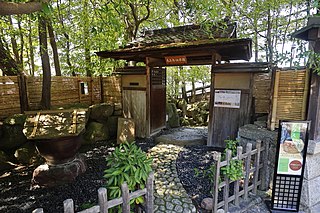
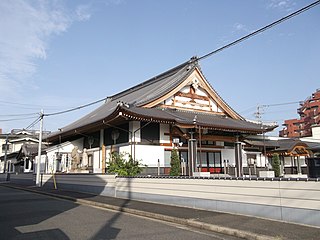
.jpg)
